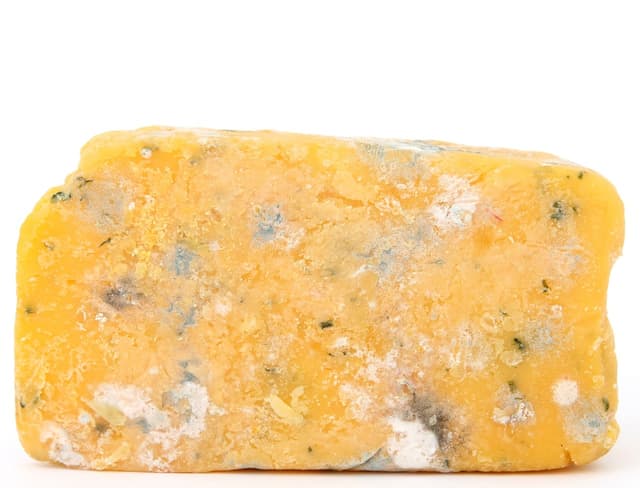Myths about teaching can hold you back
- Year 6
Micro-organisms living on food: review (non-statutory)
I can observe and describe what happens when food is left to decompose over time.
- Year 6
Micro-organisms living on food: review (non-statutory)
I can observe and describe what happens when food is left to decompose over time.
These resources will be removed by end of Summer Term 2025.
Switch to our new teaching resources now - designed by teachers and leading subject experts, and tested in classrooms.
These resources were created for remote use during the pandemic and are not designed for classroom teaching.
Lesson details
Key learning points
- Mould is a type of fungus and can be grouped with other fungi including yeast, mushrooms, lichens, and truffles.
- Mould can be observed and measured growing on food over time, following strict safety rules.
- Scientists present data in a variety of ways to help them form conclusions.
- Mould growth can be slowed or prevented in different ways, such as dehydration, refrigeration and adding preservatives.
Keywords
Mould - Mould is a type of fungi which grows and forms a fuzzy coating on organic matter.
Micro-organism - A micro-organism is a very tiny living thing.
Fungi - Fungi are a type of micro-organism that feed on organic matter.
Conclusion - In a conclusion, scientists explain what the results show or mean.
Data - Data is information collected during an investigation. It may be numbers, symbols, pictures or text.
Common misconception
Pupils may not consider mould to be a living thing because it does not move in the ways we are familiar with animals moving.
Remind pupils that all living things grow, reproduce and move, and that mould can do all of these things. It is a type of fungus. Which is a living thing that is part of the micro-organisms group.
To help you plan your year 6 science lesson on: Micro-organisms living on food: review (non-statutory), download all teaching resources for free and adapt to suit your pupils' needs...
To help you plan your year 6 science lesson on: Micro-organisms living on food: review (non-statutory), download all teaching resources for free and adapt to suit your pupils' needs.
The starter quiz will activate and check your pupils' prior knowledge, with versions available both with and without answers in PDF format.
We use learning cycles to break down learning into key concepts or ideas linked to the learning outcome. Each learning cycle features explanations with checks for understanding and practice tasks with feedback. All of this is found in our slide decks, ready for you to download and edit. The practice tasks are also available as printable worksheets and some lessons have additional materials with extra material you might need for teaching the lesson.
The assessment exit quiz will test your pupils' understanding of the key learning points.
Our video is a tool for planning, showing how other teachers might teach the lesson, offering helpful tips, modelled explanations and inspiration for your own delivery in the classroom. Plus, you can set it as homework or revision for pupils and keep their learning on track by sharing an online pupil version of this lesson.
Explore more key stage 2 science lessons from the Why we group and classify living things unit, dive into the full primary science curriculum, or learn more about lesson planning.

Equipment
Mouldy food set up as part of lesson 6 in this unit (optional, but preferred).
Content guidance
- Risk assessment required - equipment
- Exploration of objects
Supervision
Adult supervision required
Licence
Prior knowledge starter quiz
6 Questions
Q1.What is a conclusion?
Q2.Which of these types of diagram is a line graph?


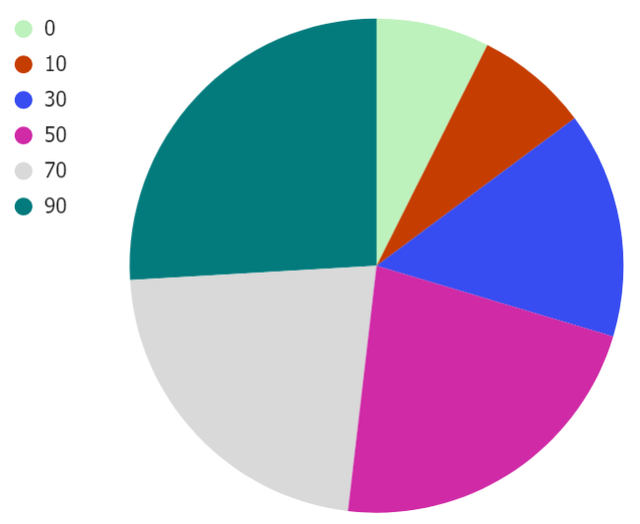
Q3.This type of diagram is called a graph.

Q4.What do fungi, insects and arachnids all have in common?
Q5.Which of these sentences about mould is not correct?
Q6.What unit of measurement would we use to describe the area of something?
Assessment exit quiz
6 Questions
Q1.Why might scientists use a bar or line graph to show their results?
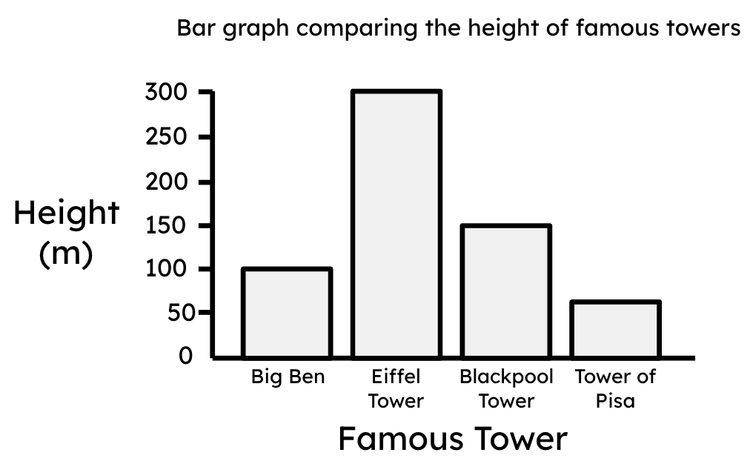
Q2.Which of these safety precautions should we take when carrying out observations of mouldy food in sealed bags?
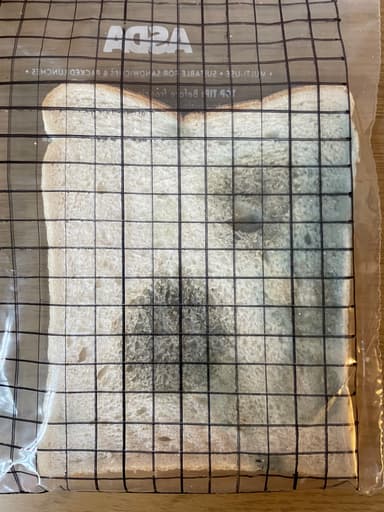
Q3.Mould, mushrooms and yeast belong to a group of micro-organisms called .
Q4.What are preservatives?
Q5.Jun is investigating mould growth by leaving sealed bags of bread in different places. In which of these places would the mould grow the slowest?
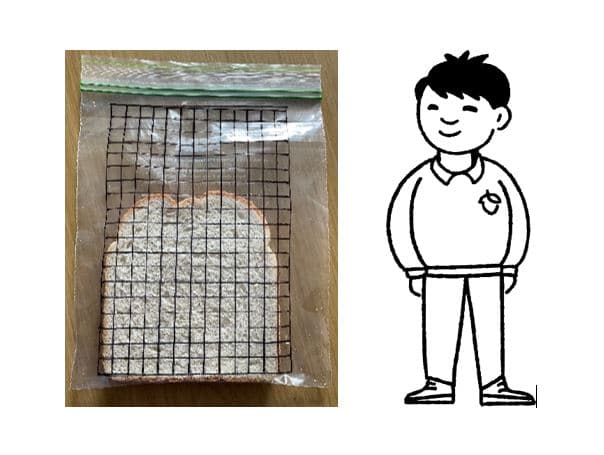
Q6.Which of these actions could slow down the growth of mould?
